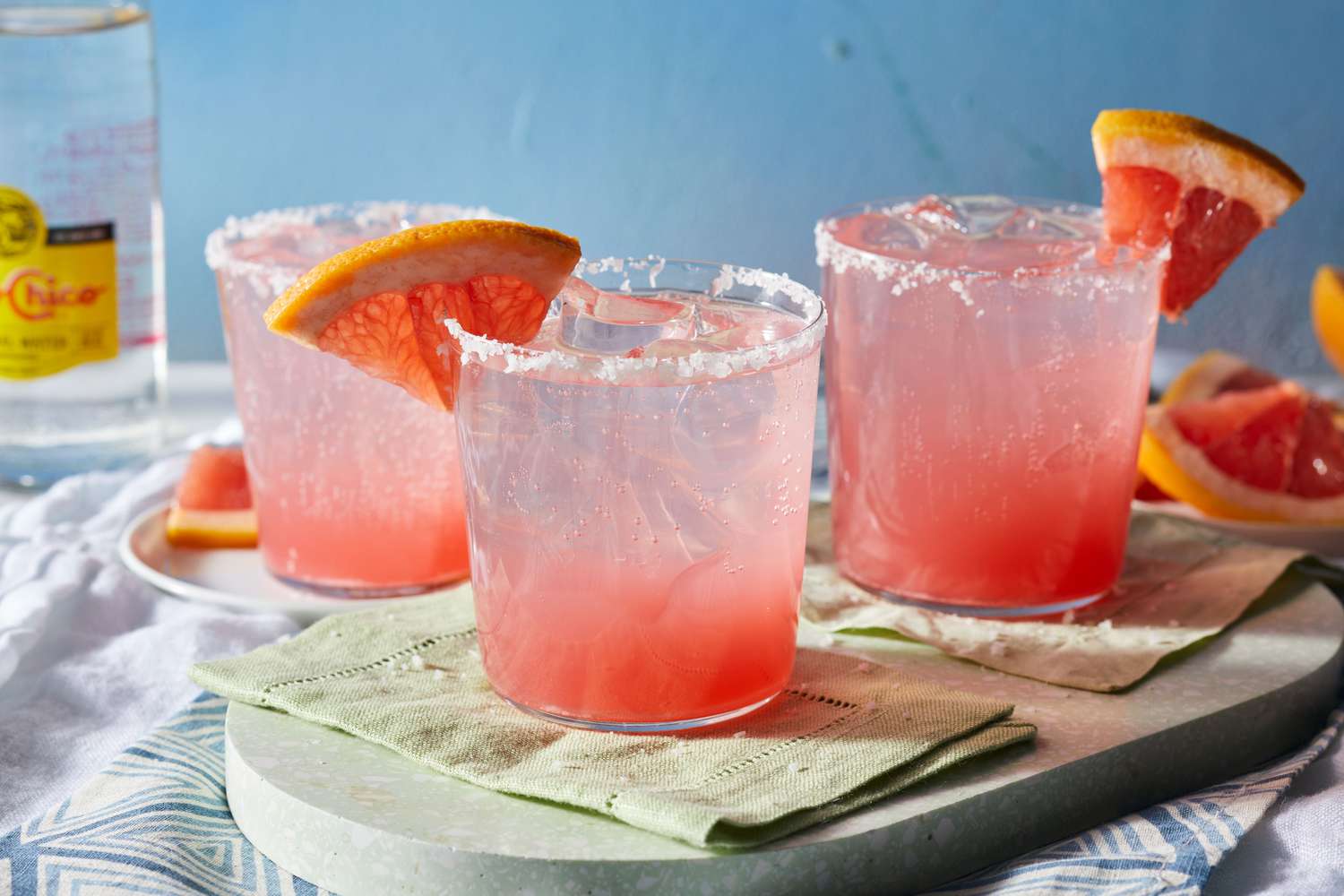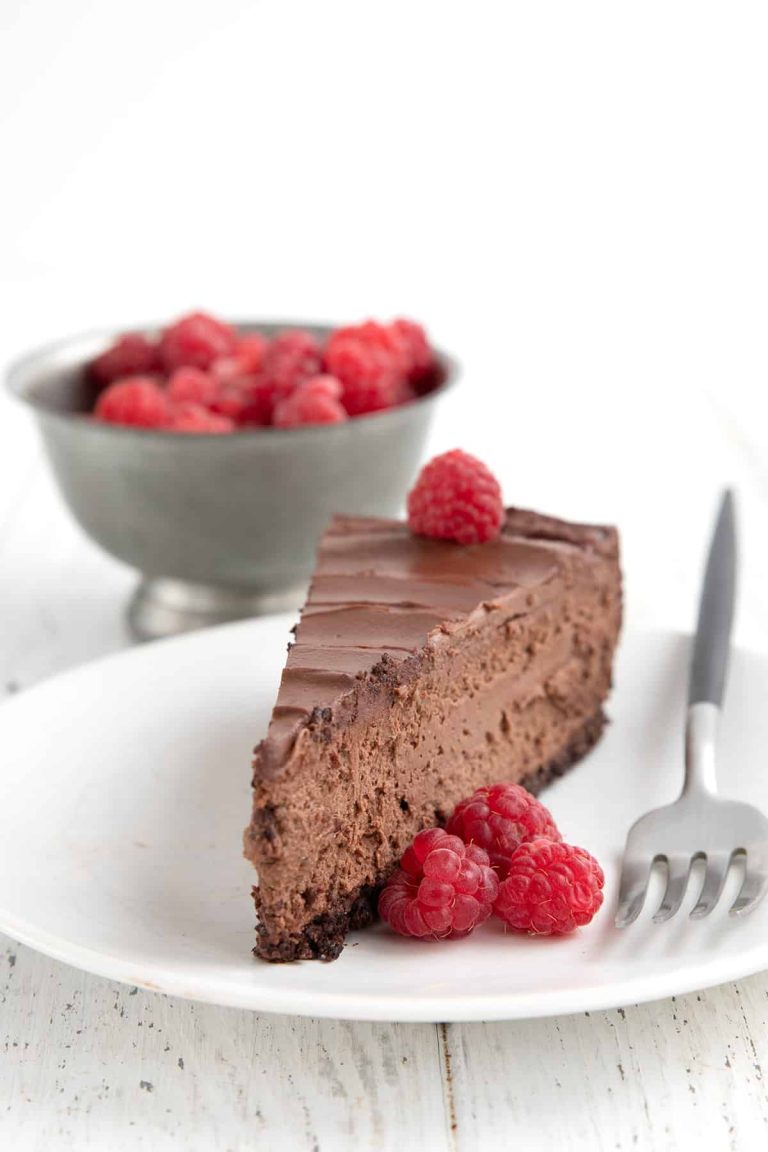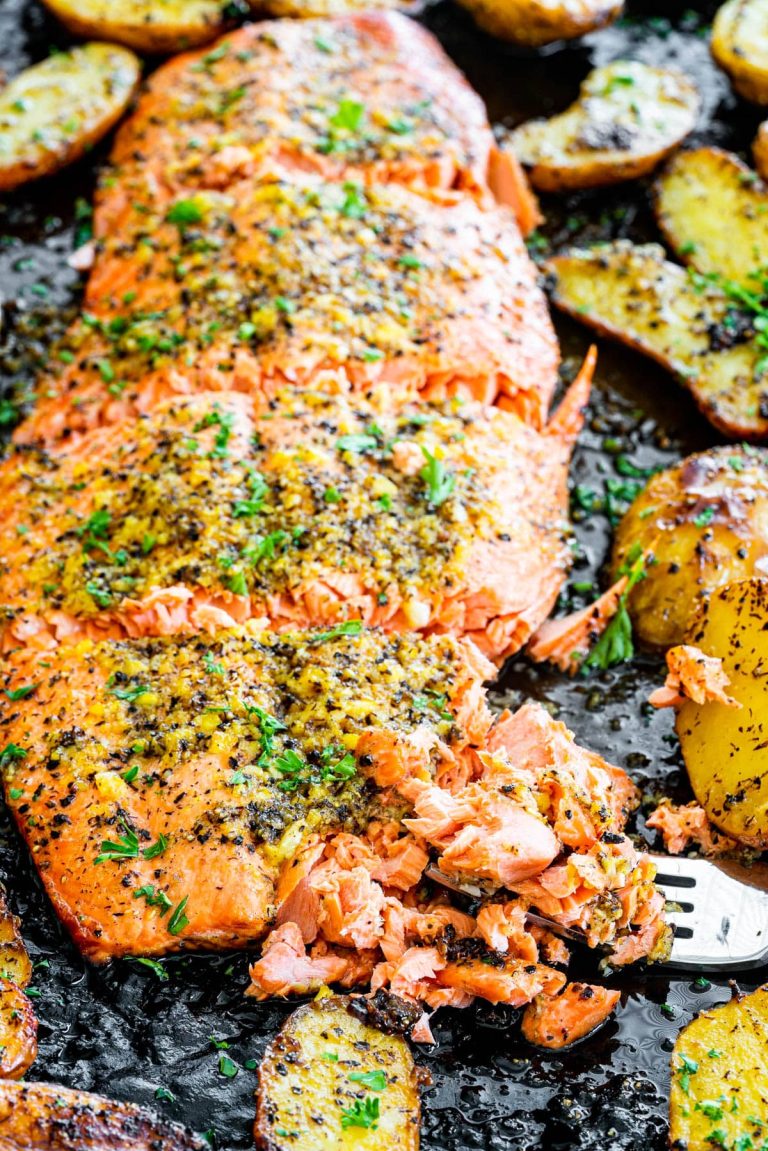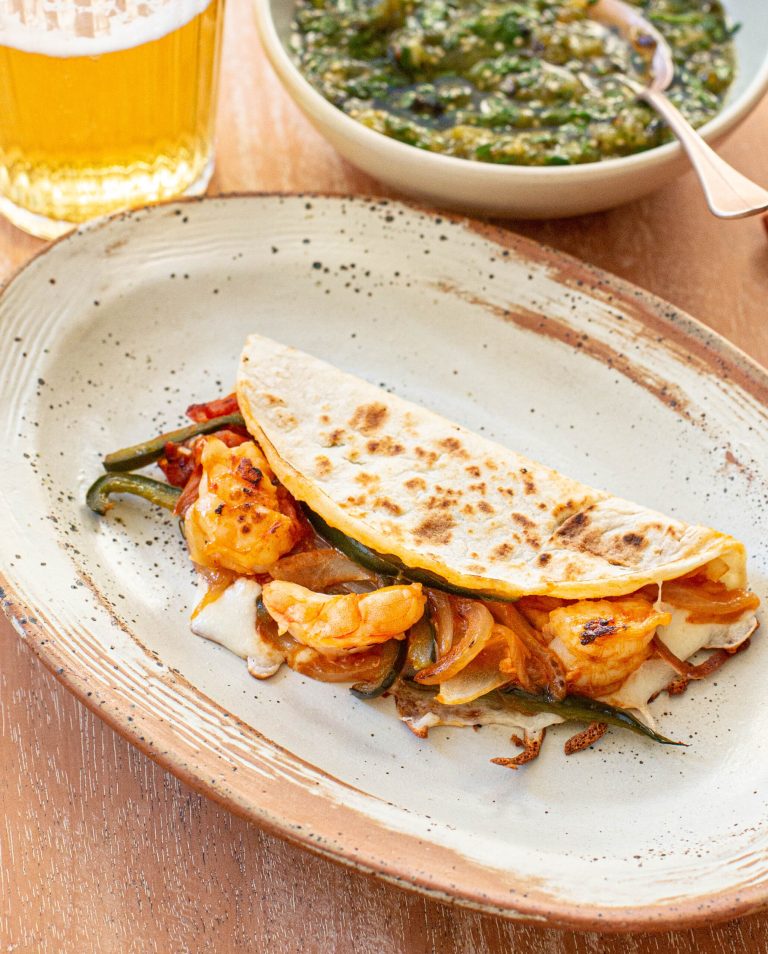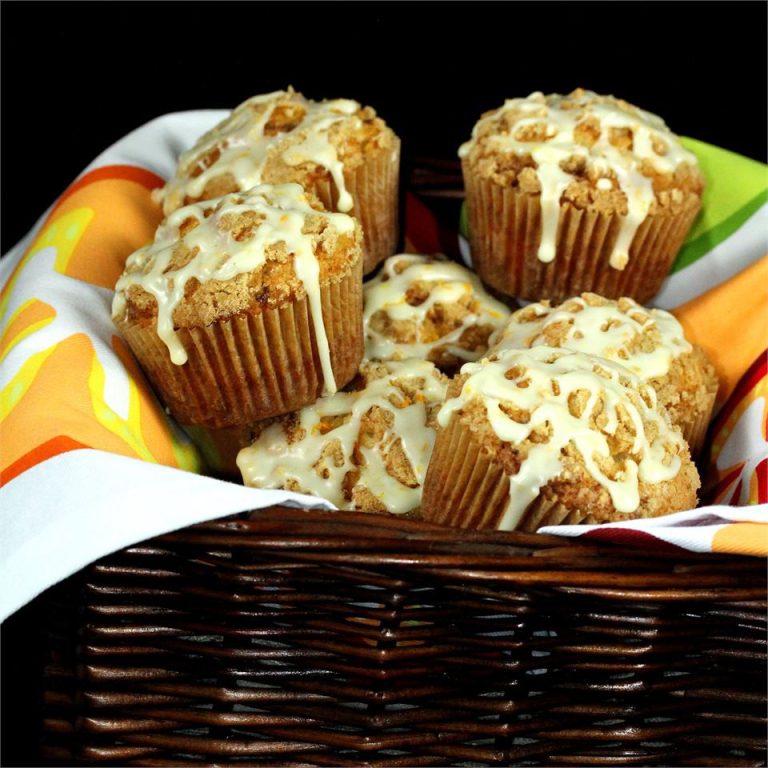Rhubarb Slush: A Refreshing Low-Calorie Beverage Perfect for Any Occasion
Rhubarb is a perennial plant known for its tart, fleshy stalks. You often find it in gardens and markets during spring and early summer. It’s recognized by its red, green, or pink stalks, which are the only edible parts of the plant, as its leaves contain toxic compounds. Rhubarb adds a tangy flavor to desserts and beverages, making it a versatile ingredient. Nutritionally, rhubarb is low in calories and provides dietary fiber, vitamins C and K, and calcium.
How Rhubarb Slush Is Made
Rhubarb slush combines rhubarb’s tartness with sugar, water, and sometimes additional fruit juices for a balanced, refreshing taste. The recipe starts with boiling rhubarb until it becomes tender. Drain the cooked rhubarb and mix the liquid with sugar until dissolved. After cooling, add fruit juice like lemon or orange for extra flavor. Pour the mixture into a freezer-safe container and freeze, stirring occasionally until it reaches a slushy consistency. Serve by scooping into glasses and enjoy a chilled, tangy delight.
The Popularity of Rhubarb Slush
Historical Origins
Rhubarb has been cultivated for medicinal purposes since ancient times, with its roots traced back to China over 2,000 years ago. By the 18th century, British and American gardens began featuring rhubarb as a culinary staple. The transformation into rhubarb slush likely emerged as a creative way to enjoy this tart vegetable during warmer months, aligning with the invention of iceboxes and refrigeration in the 19th century.
Regional Variations
Different regions have put their own spin on rhubarb slush, often incorporating local fruits and flavors. In the Midwest, strawberries frequently pair with rhubarb, balancing its tartness with sweetness. In New England, apples and spices can be added, creating a spiced slush variety. Scandinavian countries, where rhubarb grows abundantly, might include elderflower or lingonberries to complement the slush’s tangy profile. These regional variations highlight the versatility of rhubarb and its ability to adapt to diverse culinary traditions.
Ingredients and Preparation
Key Ingredients
To make rhubarb slush, you’ll need:
- Rhubarb: 4 cups, chopped. Fresh stalks provide the best flavor.
- Water: 4 cups. Necessary for boiling rhubarb.
- Sugar: 2 cups. Balances the tartness.
- Lemon Juice: 1/2 cup. Adds to the tanginess.
- Orange Juice: 1/2 cup. Complements the rhubarb’s tart flavor.
- Pineapple Juice: 1/2 cup. Adds a sweet depth.
- Alcohol (Optional): 1 cup vodka or rum. Adds an adult twist.
- Boil Rhubarb: In a large saucepan, combine 4 cups of chopped rhubarb and 4 cups of water. Bring to a boil and let it simmer until the rhubarb is soft (about 15 minutes).
- Strain and Cool: Strain the mixture through a fine sieve, pressing to extract all the juice. Discard the pulp and let the liquid cool.
- Add Sugar: While the liquid is still warm but not hot, stir in 2 cups of sugar until it dissolves completely.
- Add Juices: Mix in 1/2 cup each of lemon juice, orange juice, and pineapple juice. If using, add 1 cup of vodka or rum.
- Freeze Mixture: Pour the mixture into a large, shallow container. Place it in the freezer and stir every half hour until it reaches a slushy consistency (about 3 hours).
- Serve: Scoop the slush into glasses. If desired, add a splash of soda or ginger ale for fizz.
Ensure to follow these steps for a refreshing rhubarb slush that’s perfect for any warm day.
Nutritional Benefits of Rhubarb Slush
Health Benefits
Rhubarb slush offers several health benefits, primarily due to its main ingredient. Rhubarb boasts high levels of antioxidants, particularly anthocyanins and proanthocyanidins, which combat oxidative stress and support heart health. Studies from the National Library of Medicine reveal rhubarb’s potential in lowering cholesterol levels and improving digestion due to its high fiber content. Rhubarb’s vitamin K content promotes bone health, while its anti-inflammatory properties may alleviate arthritis symptoms. Including rhubarb slush in your diet leverages these benefits in a tasty and refreshing form.
Caloric Content
Each serving of rhubarb slush has approximately 90-100 calories, depending on the added sweeteners and fruit juices. Rhubarb itself is low in calories, with 1 cup providing around 26 calories, according to the USDA. When creating a rhubarb slush, the sugar and fruit juices contribute to the overall calorie count. Opt for natural sweeteners or reduced-sugar juices to keep the calorie content manageable while enjoying a flavorful treat.
Serving Suggestions
Ideal Pairings
Pair rhubarb slush with light and fresh foods. Try serving it alongside grilled chicken, green salads, or fish dishes. The tangy flavor complements creamy desserts like panna cotta or cheesecake. Create a vibrant presentation by adding fresh mint leaves or a slice of citrus fruit.
Table:
| Food Category | Examples |
|---|---|
| Light Meals | Grilled chicken, salads |
| Desserts | Panna cotta, cheesecake |
| Garnishes | Mint leaves, citrus slice |
Occasions and Settings
Serve rhubarb slush at casual gatherings like barbecues or picnics for a refreshing treat. It’s also great for summertime events, providing a cool option on hot days. Include it on menus for brunches, garden parties, or baby showers to delight guests with its unique taste. This versatile slush adapts to both informal and formal settings.
| Occasion | Setting |
|---|---|
| Barbecues, Picnics | Casual |
| Summertime Events | Outdoor |
| Brunches, Parties | Formal, Informal |
Conclusion
Rhubarb slush is a delightful and versatile beverage that can elevate any occasion. Whether you’re hosting a casual barbecue or a sophisticated garden party, this refreshing drink is sure to impress your guests. Its low-calorie nature and the ability to pair well with both light meals and decadent desserts make it a must-try. Garnish with mint leaves or citrus slices for an extra touch of elegance and enjoy the vibrant, tangy flavors of rhubarb slush. Give it a try and discover a new favorite summer treat.
